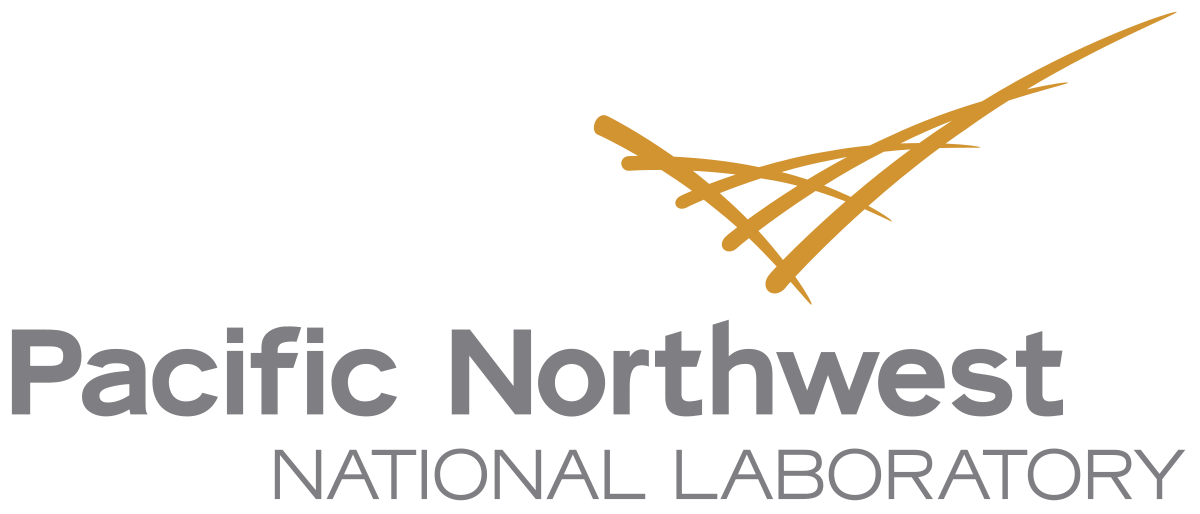Part 2 of 3 Parts (Please read Part 1 first)
Atmospheric nuclear weapons testing increased environmental tritium levels between 1945 and 1976. An estimated one point seven to the twentieth power of ten Bq of tritium was produced. This tritium would have precipitated from the atmosphere in a way similar to natural tritium and ended up in surface water. From there, it would migrate into organisms and ground water.
At the Fukushima Daiichi site, about eight hundred and sixty to the fifteenth power of ten Bq are stored, diluted in many liters of water. The tritium itself is present in the form of tritiated water which is HTO, T2O or super-heavy water. Chemically, T2O is almost indistinguishable from H2O and D2O. It is not easy to separate from the other two. Canadian CANDU reactors (HWR) during normal operations releases about eight hundred and sixty to the fifteenth power of ten Bq during one year. A Westinghouse AP1000 reactor releases about twenty to the fifteenth power of ten Bq/yr and a BWR reactor releases about one to the fifteenth power of ten Bq/yr.
The tritiated water at Fukushima Daiichi will be released gradually and heavily diluted with seawater over a period of years. It should be obvious that the amounts being released are insignificant when compared to the tritium being released by the roughly four hundred operating commercial nuclear power plants around the world. This suggests that people should not be overly concerned about the tritium from Fukushima Daiichi.
About three quarters of the surface of the Earth are covered by water. This means that there is a lot of water which will dilute something like tritiated water. There is a lot of uranium in seawater. The Pacific Northwest Nuclear Laboratory reported recovering five grams of uranium from seawater in 2018. There are an estimated four billion tons of uranium in seawater, diluted to about three parts per billion.
With respect to drinking water, it must be accepted that it will always contain some amount of heavy metal, minerals as well as radioactive isotopes such as uranium, radon and tritium. This is the reason that nations have set limits on what amount of toxic materials can be considered acceptable in drinking water. Nations vary over a wide range with respect to allowable tritiated water. Australia accepts over seventy-six Bq/L while Findland will accept one hundred Bq/L.
It is worth noting that potassium-40 behaves just like its stable isotopic forms when considering its biological role. A human body that weights one hundred and fifty pounds will contain about five ounces of potassium. Potassium-40 is normally about one percent of the potassium in the body. This indicated that about one ten thousands of an ounce of P-40 should be found in the average human body. This represents about four thousand and three hundred Bq worth of beta decays per second.
Both tritium and P- 40 emit beta radiation. However, since only potassium bioaccumulates in any significant quantity, that means that eating a banana would be riskier than drinking tritiated water. The World Health Organization recommends a level of ten thousand Bq/L which a study found had no noticeable physiological effect on tissue in mouse models.
Please read Part 3 next
Radioactive Waste 824 – Tritium Exposure – Part 2 of 3 Part

